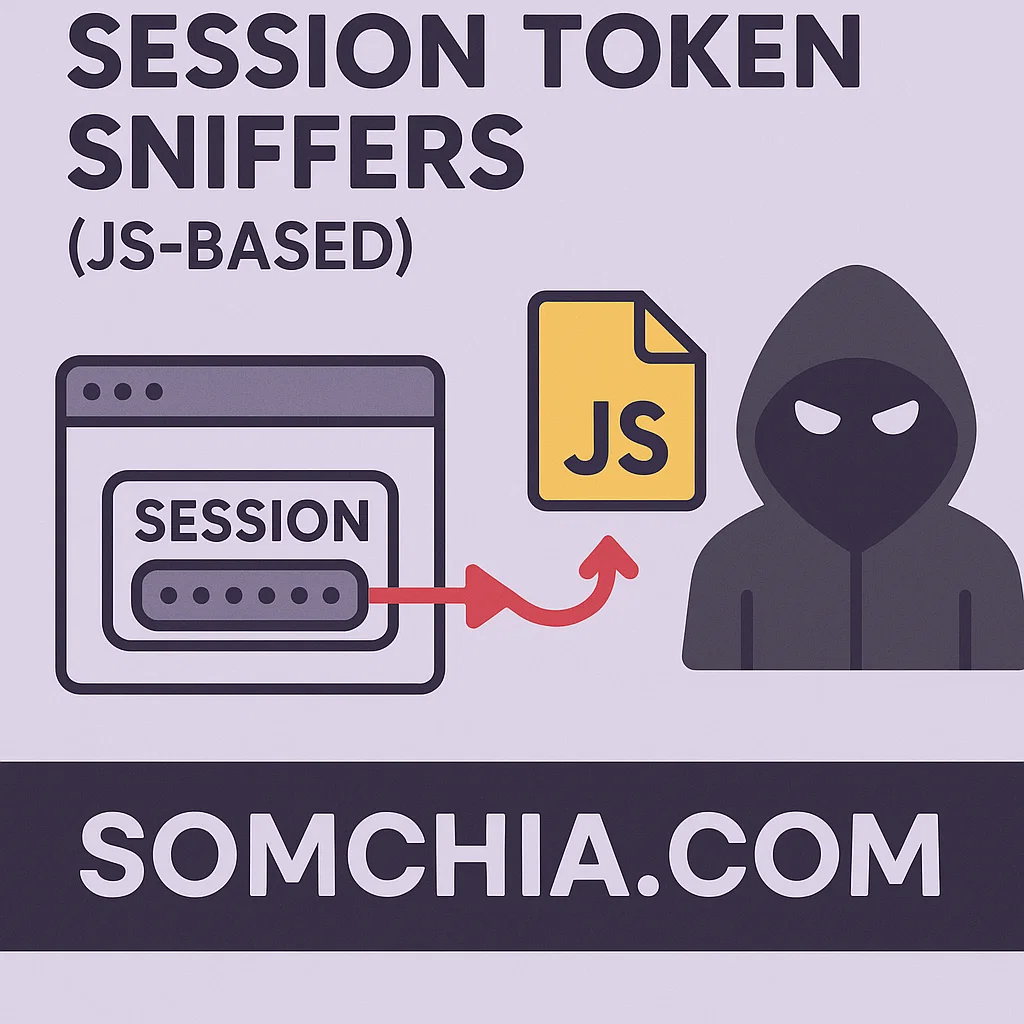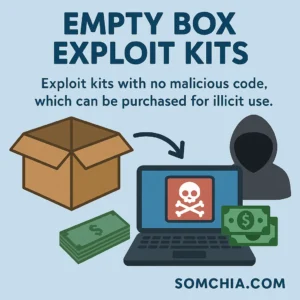Session Token Sniffers (JS-Based) – Inject and Hijack User Sessions – Browser Exploit Toolkit
$700.00
Our JS-based sniffer payloads are optimized for stealth and persistence.
✅ Lightweight & obfuscated JavaScript injection
✅ Works on desktop + mobile browsers
✅ Real-time token exfiltration via webhook or C2 server
✅ Supports multi-domain injection targeting
✅ Optional encryption for exfiltrated data
Description
What Are Session Token Sniffers?
Session Token Sniffers are JavaScript-based injectors designed to capture active authentication tokens from a user’s browser session. Instead of stealing passwords, these tools intercept the session cookies or JWTs (JSON Web Tokens) that websites use to maintain logged-in states.
A standard sniffer deployment typically captures:
-
Session Cookies (HTTPOnly/Non-HTTPOnly)
-
JWT Access & Refresh Tokens
-
Browser LocalStorage Keys
-
CSRF Tokens (where available)
-
Targeted Site Metadata (User ID, Email, Role, Permissions)
This data enables instant account hijacking—bypassing 2FA, passwords, and even advanced login protections.
Why Are Session Token Sniffers So Powerful?
While phishing and brute-forcing can be noisy and slow, session sniffers deliver real-time authenticated access. They are the preferred attack vector for advanced actors because:
✅ No password or OTP required — attackers ride the victim’s active session
✅ Works against SSO, OAuth, and MFA-protected accounts
✅ Grants full control until the session expires or is revoked
✅ Ideal for lateral movement inside enterprise systems
✅ Nearly invisible to standard user monitoring
They aren’t just malware — they’re digital master keys to corporate and personal accounts.
Real-World Use Cases (Fraud Operator Notes)
1. Hijacking Admin Panels
-
Inject sniffer into a compromised WordPress or SaaS app.
-
Capture admin session tokens and reuse them for backend access.
-
Outcome: Full control of website or CMS without login.
2. Bypassing MFA-Protected Logins
-
Steal session cookies from users already logged in.
-
Attackers skip password & OTP checks.
-
Outcome: Instant access to Gmail, Outlook, or corporate dashboards.
3. Cloud Platform Takeovers
-
Tokens stolen from AWS, Azure, or GCP consoles.
-
Provides direct cloud resource control for lateral movement.
-
Cashout: Crypto mining, data exfiltration, or ransomware deployment.
4. Banking & Fintech Account Hijacks
-
Session hijacking of online banking dashboards.
-
Funds are rerouted before session expires.
-
Outcome: Fraudulent transfers without triggering login alerts.
5. Social Media & Email Compromise
-
Tokens harvested from Facebook, Instagram, or Gmail sessions.
-
Used for phishing campaigns, spam, or impersonation fraud.
Product Quality & Features
Our JS-based sniffer payloads are optimized for stealth and persistence.
✅ Lightweight & obfuscated JavaScript injection
✅ Works on desktop + mobile browsers
✅ Real-time token exfiltration via webhook or C2 server
✅ Supports multi-domain injection targeting
✅ Optional encryption for exfiltrated data
Formats: .JS, .HTML, or plug-and-play injection script
Delivery Options: Direct file, obfuscated loader, or remote inject
Geolocation & Target Options
-
Global coverage (US, EU, Asia)
-
Targeted platforms: Google, Microsoft, Meta, Twitter, AWS, Banking apps
-
Custom requests supported
OPSEC Tips for Buyers
-
Deploy only in isolated test labs or red-team simulations
-
Route all exfiltrated data through Tor or bulletproof servers
-
Always use air-gapped storage for captured tokens
-
Rotate payloads frequently to avoid signature detection
⚠️ Legal Disclaimer
This product is provided for penetration testing, red team operations, and cybersecurity research only.
Misuse for fraud, theft, or unauthorized access is illegal and subject to prosecution.
We do not endorse or encourage illegal deployment.
Suggested Pairing Products
-
Browser Exploit Kit (Cross-Site Scripting Injection)
-
Deepfake KYC Selfie Generator (for bypassing re-verification)
-
SIM Swap Toolkit (US/EU Telcos)
-
Phishing Page Generator (PayPal, Office 365, Google)
-
Cloud Account Takeover Guides (AWS/Azure/GCP)





